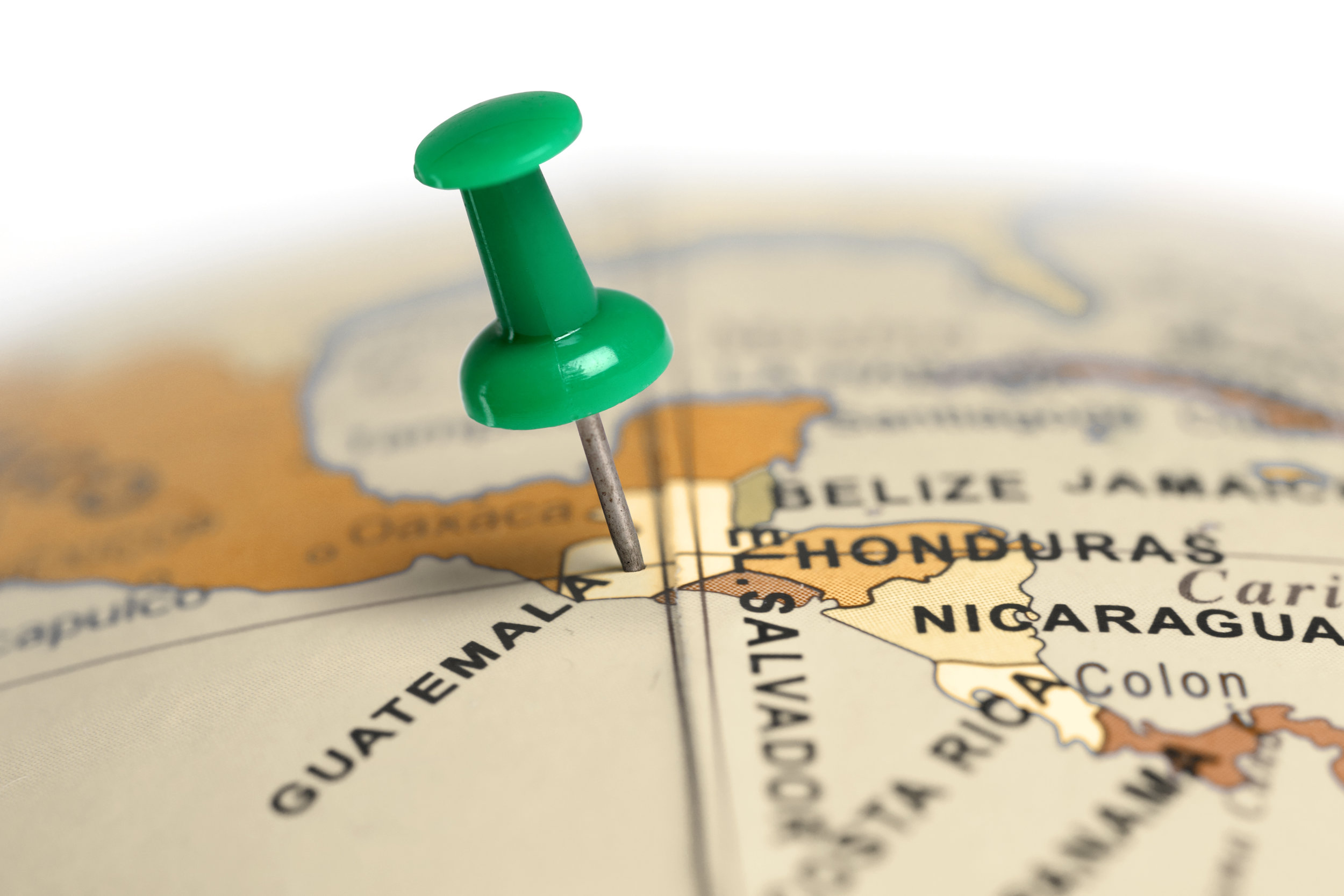
Facts about
GUATEMALA
Population: July 15, 2016: 14,918,999 (est.)
Capital: Guatemala City
Area: 42,042 square miles
Languages: Spanish; Amerindian languages (such as Q’eqchi’, the language spoken in Izabal)
Religion: Roman Catholic, Protestant, Indigenous Maya religion
Currency: Quetzal (usually varies between 7.4 and 7.7 Quetzales to the US dollar)
Life expectancy: 72.02 years in 2015 (Source: CIA’s World Factbook)
Economy
Industry: Sugar, furniture, textiles, chemicals
Agriculture: Sugarcane, corn, bananas, coffee, cattle
Exports: Coffee, sugar, bananas, fruits and vegetables, cardamom, meat
Source: CIA World Factbook, July 15, 2015
Guatemala, meaning land of trees, is a heavily forested and mounainous nation- and the most populous in Central America. The Pacific coast lowlands in the south rise to the volcanic Sierra Madre and other highlands, then the land descends to the forested northern lowlands, including the narrow Caribbean coast. The highlands, where most Guatemalans live, are temperate in climate compared to the tropical lowlands.
A thousand years ago the remarkable Maya civilization flourished, and its ruins dot the landscape. Today, more than half of Guatemalans are descendants of the indigenous Maya peoples; most live in the western highlands and are poor subsistence farmers.
By contrast the rest of the population are known as Ladinos (mostly mixed Maya-Spanish ancestry). Ladinos use Spanish and wear Western clothing, while Maya speak some 24 indigenous languages and retain traditional dress and customs. The more urbanized Ladino population dominates commerce, government, and the military.
Guatemalan society grew increasingly polarized between Ladino upper class and Maya lower class when guerrilla groups first formed in 1960 to fight for the poor majority. Warfare between guerrillas and government forces cost 200,000 lives and displaced half a million people. In September 1996 the government and the guerrillas agreed on terms to end the 36-year-long civil war.
The democratic government faces problems of crime, illiteracy, and poverty, but is making
progress in moving the economy away from coffee and agriculture towards manufacturing and tourism. Tikal, in northern Guatemala, may be the premier tourism site, with some 3,000 Maya buildings dating from 600 B.C. to A.D. 900. Tikal's Temple IV is the tallest pre-Columbian structure in the Americas at 112 feet.
Text fromNational Geographic Atlas of the Word, Eighth Edition 2005